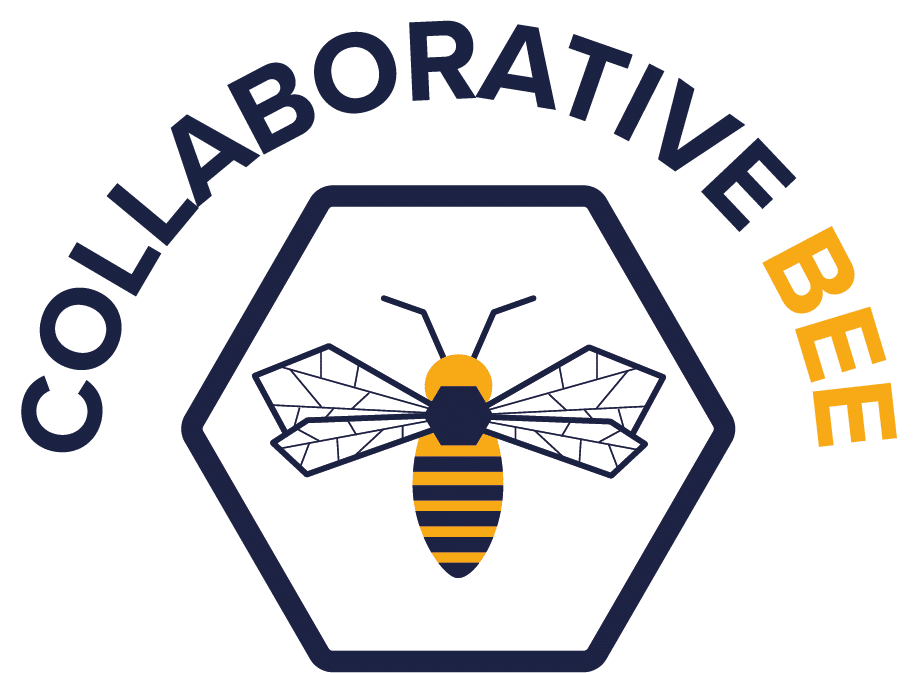Participants
Under Chapter 2 – Open Source of the Lesser Open Bee License 1.3, a Participant is defined as any organization or individual contributing, using, reproducing, distributing, modifying, or redistributing technical works, documentation, or physical products created within a Bee-licensed project.
All Participants accept, by their contribution, the rights and obligations of the license: transparent sharing of results, correct attribution, respect for intellectual boundaries, and commitment to collective innovation. They are part of the Collaborative Bee Consortium coordinated by Technoplane SAS.
🎓 Student Participants – Chapter 2 Open Source
The heart of the Collaborative Bee Ecosystem lies in the work of university students who develop models, simulations, and reports each academic year. These contributions are performed under Chapter 2 – Open Source of the license and are publicly released with full attribution.
Each student team contributes to a specific project, sharing their deliverables on the Collaborative Bee Wiki and on institutional repositories:
- Bee-Plane™ teams: modular aircraft structure, wing and empennage design, aerodynamics, and Onshape 3D modeling.
- Mini-Bee™ teams: hybrid VTOL system architecture, cockpit ergonomics, and autopilot development.
- ISO-Plane™ teams: container-lift mechanisms, aerodynamic validation, and carbon-footprint studies.
- GPS 4D™ teams: trajectory optimization, weather modeling, and collaborative airspace simulation.
Student work is performed under the official reference:
“Task achieved under the Lesser Open Bee License 1.3 – Chapter 2 Open Source – © Coordinator Technoplane SAS.”
These open results are used by new academic generations and by industrial partners developing the next technology-readiness levels (TRL 3 → TRL 5).
🏫 Partner Universities and Schools
Since 2013, more than ten engineering schools have contributed to Bee-licensed projects, working collaboratively within a transparent open-source framework.
- ENSTA Paris – Systems engineering, carbon analysis, and GPS 4D simulation development.
- ESTACA Bordeaux – Aircraft structures, container systems, and aerodynamic testing.
- Ecole Centrale de Lyon (ECL) – Structural mechanics, crash modeling, and composite analysis.
- INSA Toulouse – Aerodynamic design, CFD optimization, and wind-tunnel studies.
- Cy-Tech Cergy – Artificial-intelligence integration, simulation software, and data systems.
- Polytech Paris-Saclay and Supméca – Mechanical integration and system testing.
- ISAE Supaero and University of Bordeaux Labs – Collaborative R&D and digital twin development.
Each institution hosts its own Bee chapter with dedicated student teams, coordinated yearly through open workshops, inter-school audits, and joint TRL reviews organized by Technoplane SAS.
🔬 Research Laboratories and Academic Supervisors
Each academic team operates under the supervision of professors and researchers who ensure scientific rigor and license compliance. They act as knowledge custodians, maintaining documentation continuity between student generations.
- Laboratoire d’Aérodynamique – INSA Toulouse: numerical and experimental airflow analysis.
- ESTACA Research Group for VTOL Systems: rotor performance and hybrid propulsion.
- ENSTA Paris Data Science Lab: simulation data management and GPS 4D trajectory prediction.
Supervisors validate deliverables before public release and ensure every report or model references the Lesser Open Bee License 1.3.
🏭 Industrial and Institutional Partners
Industrial participants collaborate under private or semi-open agreements defined by other chapters of the license. They support prototype construction, testing, and technology transfer to operational environments.
- Technoplane SAS (Coordinator): license authority, project management, and audit coordination.
- Aeronautical manufacturers and suppliers: structural validation, composite manufacturing, and flight-test integration.
- Public research funds and regional innovation programs: support open education and environmental assessment.
When an open-source result enters industrial application, royalties (default 7 %) are distributed according to the license’s Lesser Agreement rules, ensuring fair recognition for both academic and corporate contributors.
🌍 The Collaborative Bee Consortium
The consortium brings together all Participants — students, educators, researchers, and engineers — in a unified network dedicated to open, ethical, and sustainable aeronautical innovation. Every year, joint symposiums and reviews are held to assess progress and share results publicly.
All Participants commit to the Open Collaboration Charter:
- Share results transparently on public repositories.
- Respect the authorship of previous teams.
- Apply sustainable and ethical design principles.
- Use and cite the official license in all deliverables.
Through this collective effort, the Bee projects demonstrate that large-scale aerospace innovation can be achieved collaboratively, educationally, and openly — in full alignment with the Lesser Open Bee License 1.3 Chapter 2 Open Source.
Page created for the Collaborative Bee Network – Participants working under the Lesser Open Bee License 1.3 © Coordinator Technoplane SAS.
